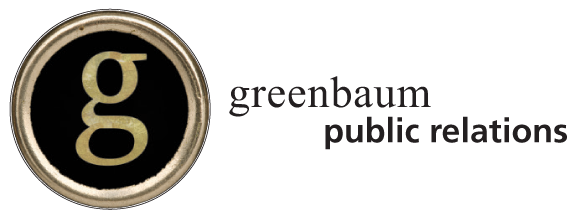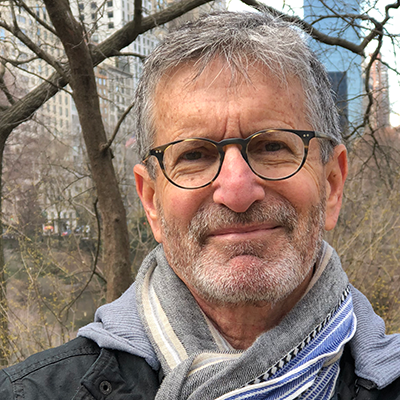Is there a Golden Rule of Law? Undeniably yes, according to a growing number of judges, lawyers, legal scholars and clergymen who make a compelling case for the nexus of our legal system and belief system. Using history and current events for guidance and inspiration, the burgeoning court-clergy movement confers and publishes regularly on the fundamental influence of religion on justice.
“The thing is that all major religions have the Golden Rule in common,” artist Norman Rockwell explained as inspiration for one of his most famous paintings, on which he inscribed “Do unto others as you would have them do unto you.”
Scholars and practitioners in both law and religion agree societies are built and sustained by standards of acceptable human behavior – based most broadly on faith, and specifically by laws.
Truth, honor, virtue, all implicitly and explicitly permeate our judicial system. Look no further than the declaration “… so help you God,” which witnesses must swear when taking the oath to tell the whole truth.
More than 100 American law schools and 500 professors teach law and religion themes in courses on legal anthropology, family law, international law and human rights, among other concentrations and basic studies.
Sacramento is one of a handful of cities across California to convene annual court-clergy conferences (the fourth annual is slated for October 19, 2017). Judge James Mize of the Sacramento County Superior Court coordinates the event. In the following interview with Humble Sky, Judge Mize explains why and how law and faith intersect, and the goals of the multi-disciplinary gathering.
HUMBLE SKY: The law is based on evidence and facts; religion is based on beliefs; as a judge, how do you reconcile the two?
JUDGE JAMES MIZE: True, religion is based upon beliefs, though it is also a significant source of values determining good behavior. On the bench and in my faith, I have found few occasions of conflict between law and faith. Certainly, there are exceptions – there are folks who abuse faith just as there are folks who abuse the law. Overall, I have not had to expend significant time or energy reconciling those two critical components of my daily life.
HS: What are the common denominators between religion and the law?
JM: The common denominators between religion and law are the standards for acceptable behavior. Upright behavior in almost any faith is consistent with legally permissible behavior under the laws of our state and country.
The law is implemented by following statutes, cases and constitutions; yet I would suggest that the genesis of most of our laws is the collective consciousness of the creators of our civilizations. Where did this collective consciousness come from if not the values of the framers of our Constitution and our laws? And where did those values come from if not the lessons of parents, colleagues, and community and civic institutions, including places of worship?
HS: How can a legal perspective — fact-finding, truth, seeking justice for all — help marginalize religious zealots and those who use religion to justify anti-social or criminal behavior, especially violence?
JM: Marginalizing religious zealots is an obligation of the leaders of all religions across the world. In many ways, the institutions of justice and the institutions of faith are in a symbiotic dance. When faith becomes extremism, the law must act as a mitigating influence. Similarly, persons of faith must remind us about technical justice as well as display how compassion, forgiveness, second chances and, indeed, redemption, can play a valuable role in the justice system.
HS: Is there an overarching message that unites justice for all and religious beliefs? Is the Golden Rule the common goal?
JM: In my experience, righteous behavior and legal behavior are almost always synonymous. The Golden Rule in various forms has existed for thousands of years in a myriad of cultures. This rule of behavior is consistent with legal restrictions and the ultimate determinations of the justice system.
Our parents told us not to hit our siblings, not to litter, not to speak badly of other people – these lessons are naturally integrated into the judge’s determining of right and wrong. No judge is a tabula rasa when it comes to making judgments.
We are functions of our history and the moral lessons we learn in childhood and throughout our lives. While the justice system would never rely exclusively upon a specific religious rule or sermon, the values incident to those sources cannot be separated from the values that are part of every judges being.
HS: Explain the purpose of the court-clergy conference.
JM: The intersection between my faith and my professional career has always interested me. Add to this my strong belief in ecumenism. Successful court-clergy conferences in Southern California encouraged me to conduct such an event in Sacramento.
From the outset, it has been gratifying to receive the enthusiastic support of many lawyers, professors, religious leaders and fellow judges. Notably, California Court of Appeal Justice George Nicholson has become a driving force for the development and continuation of Sacramento’s annual conference.
The short- and long-term goals of the Sacramento Court-Clergy Conference are summarized in the mission statement: “A forum for mutual support, understanding, edification and collaboration between the judiciary and regional communities of faith.”
Emboldened by the success of the past three conferences, we envision establishing a group of judges, attorneys and clergy persons to mobilize as first responders to messages of hate directed toward any individuals or religious institutions. And I see faith groups encouraging obedience to the long-standing laws of the land. Religious expression and religious liberty must be seen as consistent with and not in opposition to the Establishment Clause of the First Amendment.
The first two of Sacramento’s Court-Clergy Conferences were held at Congregation B’nai Israel. The 2016 conference was held at the SALAM Center, which will also host the upcoming 2017 event. In this time of Islamophobia in the United States, our selection of the SALAM Center is not coincidental.
Illustration borrowed from the Emory Report, 1-19-2012.







I love the term “symbiotic dance”. Nice shout-out to Nic.
Nice reminder in which there appears to be a crumbling rationale for organized religion showing what influence it can actually have..
How many attend? Do the share comparisons of judicial systems in other settings, looking at influence of separation of church and state?
Good questions Steve: several hundred, yes and yes.
For more answers, click the “2017 event” hyperlink near the end of the article.